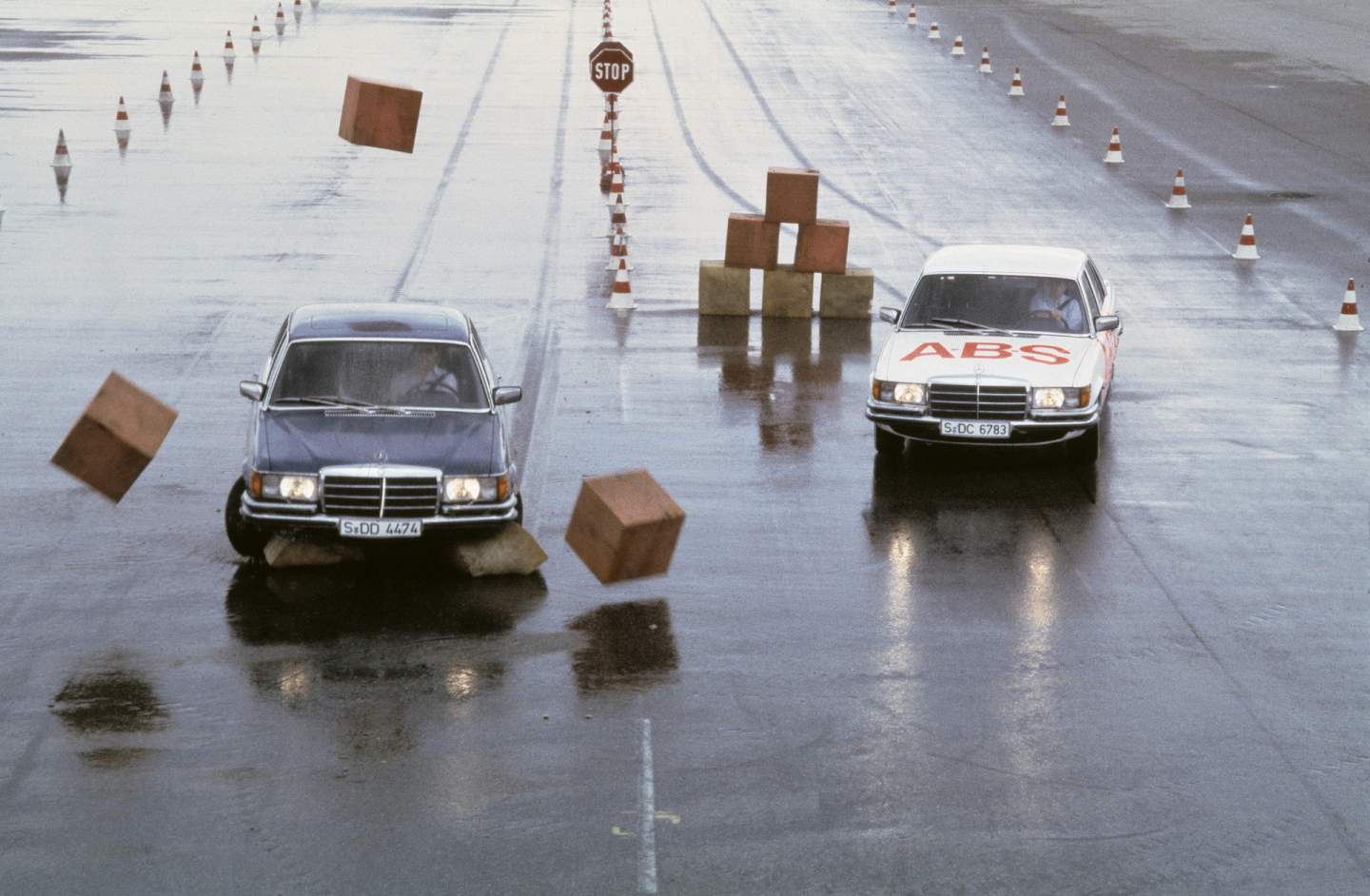ABS, short forAnti-Lock Braking System, is similar as standard safety point on nearly all buses (and bigger vehicles) these days that it’s easy to take it for granted. The point was first launched nearly 45 times agone, drawing alleviation from theanti-slipping systems used in fighter and passenger aeroplanes and rail locomotives. Wondering about the first auto to apply ABS? We ’ve got you covered.
A primitive interpretation of ABS was first enforced on the 1978 Mercedes-Benz S- Class W116, as Daimler AG — which owns the brand Mercedes-Benz — censuses in an sanctioned blog. While the conception had was on paper since the 1920s, the foremost prototype for passenger buses was developed by Teldix GmbH in 1970. But, Mercedes-Benz took eight times to develop and strictly test ABS before it could be gauged to an artificial position and launched on a marketable vehicle.
1978 Mercedes-Benz S- Class and cooperation with Bosch
Daimler-Benz enforced the first marketable interpretation of ABS on the 1978 S- Class hydrofoil after thorough R&D with Bosch, according to Daimler AG ( linked over). During the period between 1970 and 1978, the invention of small intertwined circuits (ICs) and the rise of digital technology allowed Bosch to deliver a digital control unit that used an expansive set of detectors to record colorful data points. These data allowed the German automaker to reduce the crimes in measures significantly and optimize the ABS medium for maximum security.
With the launch of the Mercedes-Benz S- Class W116 in 1978, Daimler-Benz came the first automaker to launch ABS on passenger buses. At the time, was offered as an voluntary point at an fresh charge of roughly Deutsche Mark. Starting in 1984, the company started offering ABS as a standard point on all Mercedes-Benz buses.
In case you ’re ignorant of how ABS works, it prevents a vehicle from slipping on the road in an event of unforeseen retardation. The system does this by precipitously applying thickets rather of jamming them at formerly — which can also lead to the locking of thickets. As a result, buses with ABS take further distance to stop than those without it but the point prevents any avoidable slipping — and other possible accidents.
Ultramodern buses come with TCS or Traction Control System, which is also called ASR orAnti-Slip Regulation. Traction Control works along with ABS and EBD (Electronic Brakeforce Distribution) by seeing inordinate spinning of any of the bus at all pets — irrespective of whether you apply thickets or not. When a spinning wheel is detected, the electronic controls in the auto apply thickets to the particular wheel widely, and this prevents the auto from slipping or sinking, especially on loose shells.


